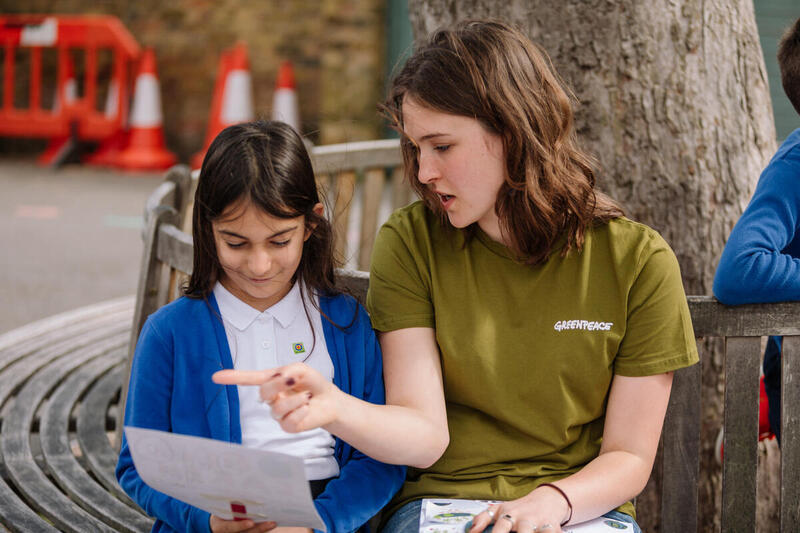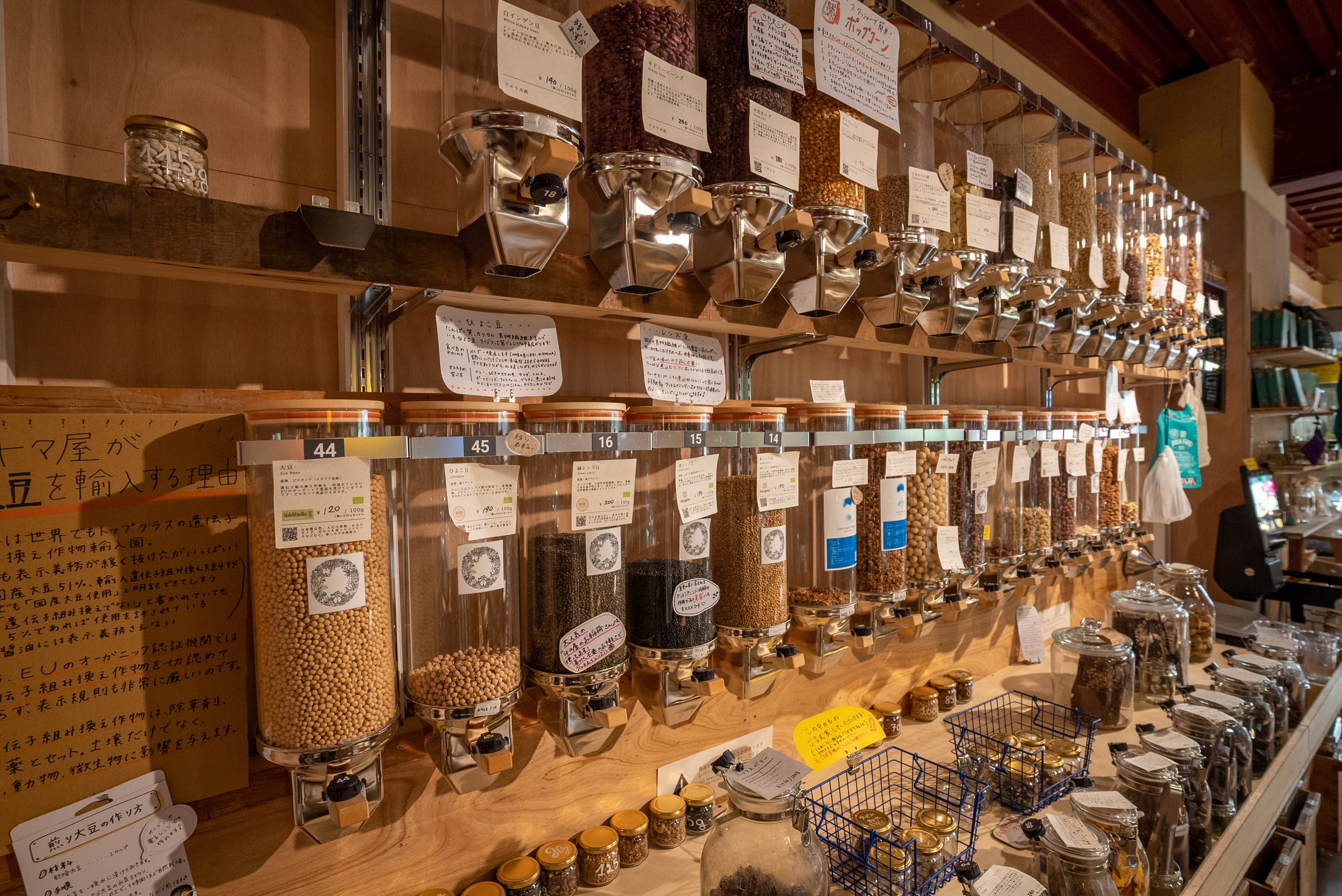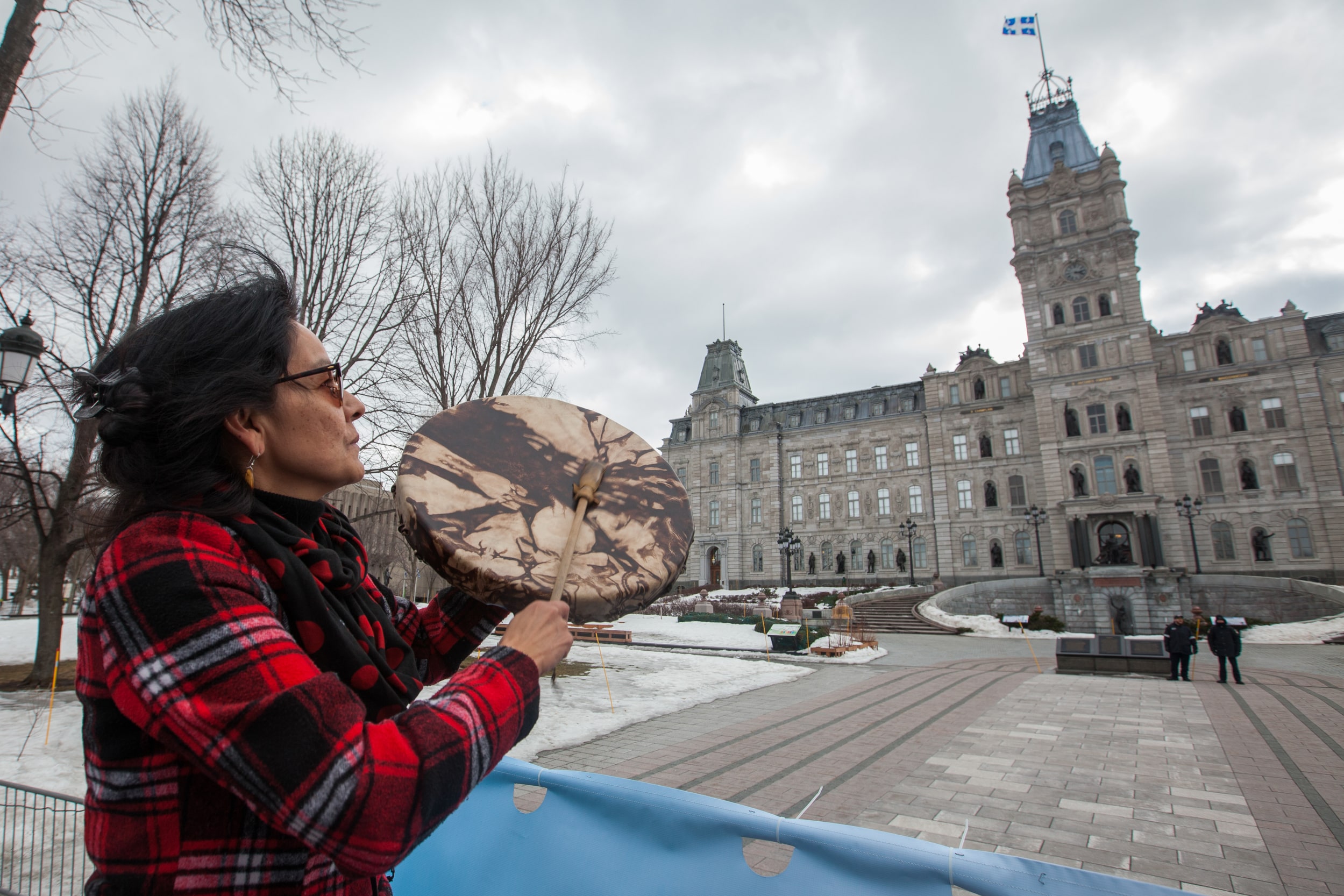You may have seen photos of marine animals tangled in plastic garbage. You may have heard that the air we breathe holds microscopic pieces of plastic waste. But did you know that plastic is also making climate change worse?
Over 99% of plastics are made from chemicals that come from fossil fuels, like oil, coal, and natural gas. Fossil fuels release carbon dioxide into the air when we remove them from the ground and make plastic. That’s a big problem.
Carbon dioxide is one of the main greenhouse gases that’s warming our planet and causing climate change. It’s time to solve the world’s plastic problem!
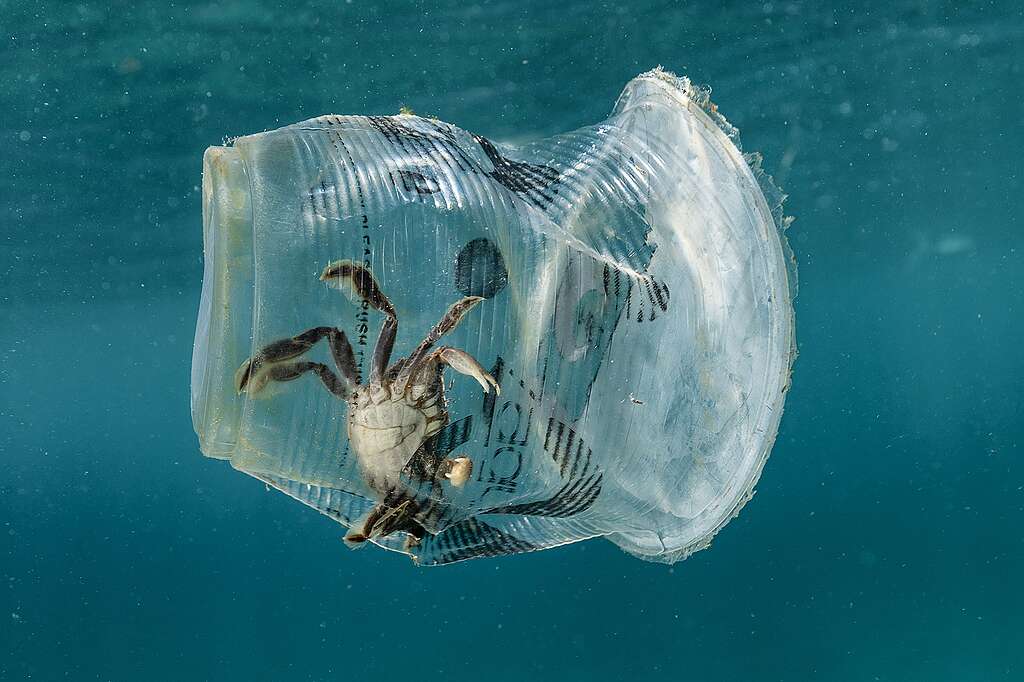
The life cycle of plastic – ending pollution at every stage
The life cycle of plastic begins when we remove fossil fuels from the ground. Then, the plastic is made and used. Finally, most of it ends up in landfills, and some of it is burned, recycled, or reused. A lot of plastic winds up in the environment, released at each stage of the life cycle.
Carbon dioxide pollution also happens at every stage of this life cycle, as well as the potential for toxic chemical pollution. That’s the bad news.
The good news? We can change our relationship with plastic.
First, we should stop making plastic products that are used only once and are polluting or toxic.
Any plastic that we do create must last a long time and be reused. It should also be made without harmful chemicals. We use over 16,000 chemicals to create plastic products. Over 3,200 are chemicals that can damage our health and the environment.
Cut it out! Making less plastic
The best way to cut plastic pollution is to make less plastic!
The amount of plastic flowing into the world’s waters could be up to 90 million tonnes a year by 2030. That’s just too much plastic for recycling to handle.
Only about eight percent of the plastic that’s made now is recycled. The rest is burned, ends up in landfills, or pollutes communities and the environment.
Governments around the world can play a big role in ending plastic pollution if they work together. They can agree to cut plastic production by at least 75% by 2040. That would help protect the climate, our communities, our health, and the health of ecosystems and wildlife. It would help us slow down rising temperatures and avoid the worst impacts of climate change.

Cutting out single-use plastics
Single-use plastics are plastics that we use once and then throw away. They’re everywhere!
You can’t avoid seeing them or buying them when you shop in supermarkets or retail stores. Almost every food and household item or personal care product is sold wrapped in plastic.
Corporations need to find new ways to get their products to people. They can create packaging that’s reusable or leave products unpackaged, giving people the option to refill containers from home.
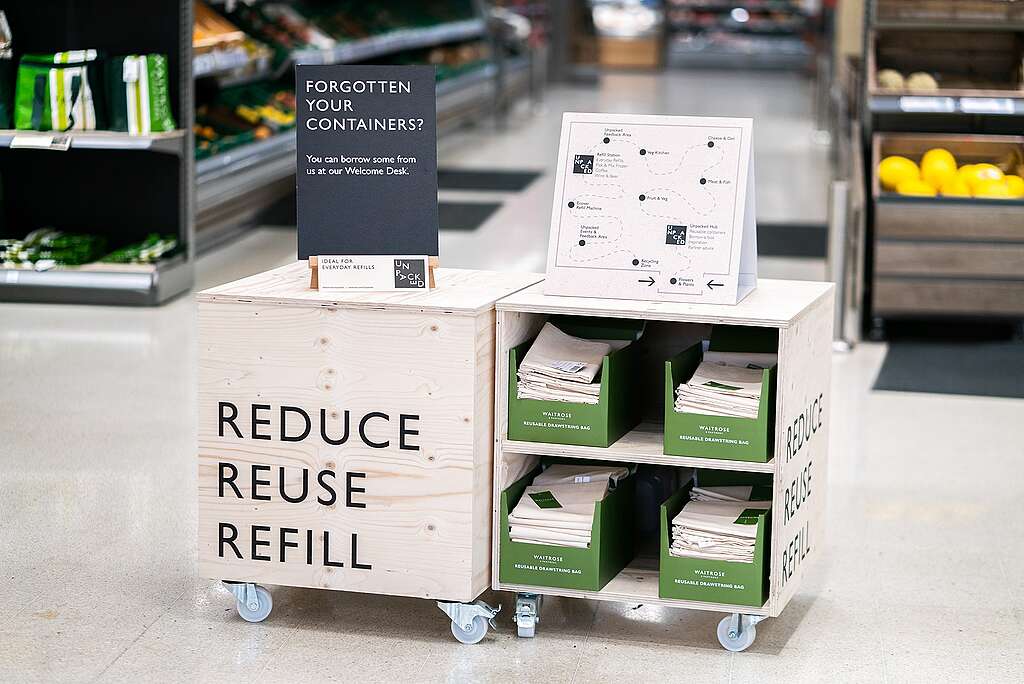
Including everyone, especially the people most hurt by plastic pollution
Solutions to the world’s plastic problem must work for everyone. The harms of plastic pollution are not felt equally. Indigenous, Black, and other equity-denied communities face a bigger burden.
For example, in Nova Scotia, landfills and dumps are more likely to be near Mi’kmaw and Black communities, exposing them to more pollution.
In Sarnia, Ontario, the Anishinaabe community of Aamjiwnaang First Nation is surrounded by the largest group of petrochemical facilities in Canada. These facilities are known as Chemical Valley. The community is constantly exposed to their pollution. It has some of the highest rates of illness and death from cancers and respiratory and neurological diseases in Ontario.
Indigenous rights and human rights, like the right to a healthy environment, must be respected as we work towards solutions for plastic pollution. Any solution must involve the people who are impacted the most and include their experiences and knowledge.
Take action
You can use your voice to pressure big brands, supermarkets, and other corporations to stop using so many single-use plastics. Demand zero-waste, package-free, and reuse and refill options.
You can also call on governments to take bold action by joining your voice with others. The problem of plastic pollution is large and has spread around the world. We’ll need countries to work together to solve it, with change coming from the highest levels.
Canada’s government needs to create rules that limit the amount of plastic we make and use. It needs to ban single-use plastics and harmful chemicals. The government can also make reuse, refill, and zero-waste options available to everyone by requiring and supporting businesses to make the shift. Let your MP know that you support a reuse economy in your community and communities across Canada.
You can also urge Canada’s government to support a strong Global Plastics Treaty. Negotiations on this UN treaty to end plastic pollution are underway between around 175 nations. A strong treaty will cut plastic production and end pollution across the plastic lifecycle. It will give us a global solution for this global problem.

